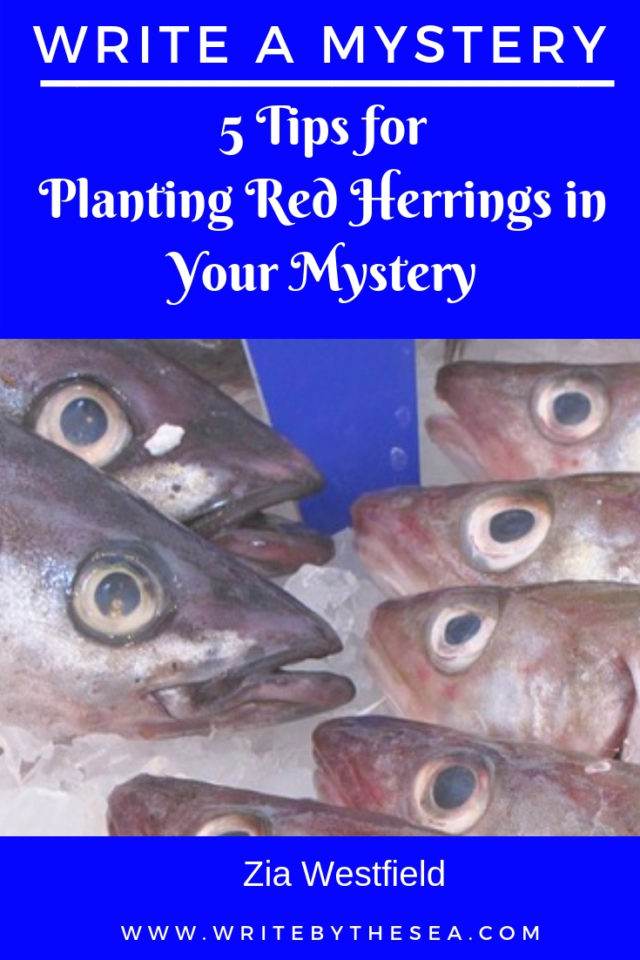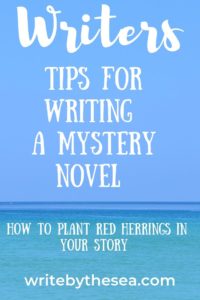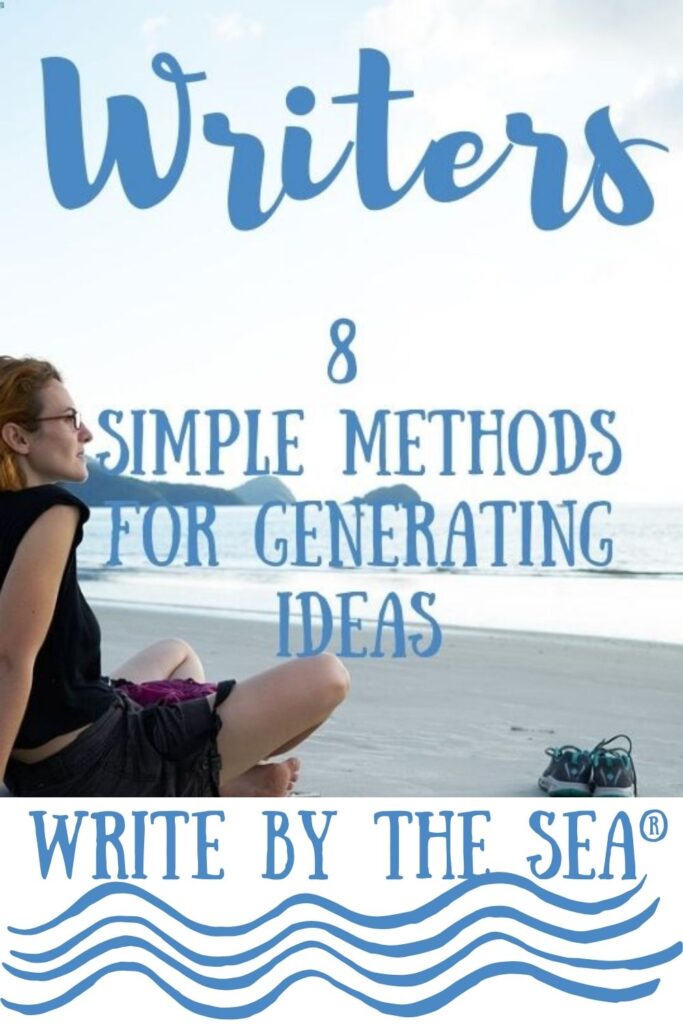Have I mentioned how much I love the show Castle?
Okay, I’m a sucker for the whole romance blended with mystery angle, but that isn’t all that holds my attention.
The writers on the show do an amazing job of leading you (the audience), Castle and Kate on a merry chase.
It always starts with a murder.
First is determining who the murder victim is and then from there, who had a reason to kill the victim.
What the writers do so well is in the planting of clues and red herrings.
Red herring refers to the literary device in which the writer plants false clues to lead the detective astray.
Rather like a magician who gets the audience to focus on one hand, while the other hand is doing something different, a red herring puts the detective on a trail that leads away from the real killer.
As I said, the writers of Castle are brilliant at this.
We start out believing suspect A has the biggest reason to want the victim dead, only to learn that suspect A has a supposedly airtight alibi.
Attention turns to suspect B, except evidence is uncovered that brings up an entirely new motive for the victim’s death and leads us to suspect C.
Suspect C is looking pretty good, only to cast doubt on suspect A’s alibi.
And so goes the merry-go-round of trying to distinguish between the real clues to the killer and the false ones.
So, how you can you add red herrings to your mystery in a way that adds to the puzzle?

Here are…
5 Tips for Planting Red Herrings
1. Hide the Motive in Plain Sight
An example from Castle is the first episode in the first season where three people are killed, the hallmark of a serial killer, which is what the killer wants the detectives to believe.
I recently read an Agatha Christie novel, The Moving Finger, in which anonymous letters are being sent around.
The anonymous letters are considered the source behind a suicide, but in fact the letters are a red herring, a sleight of hand to keep the police attention elsewhere.
2. Point the Clues at One Person
When someone dies in a mystery there needs to be more than one suspect.
Having the detectives chase down clues that point to one person as the killer takes the heat off the real killer.
Done effectively, the revelation that the person is not the killer can either throw the detectives back to the start of their investigation or can point them in a new direction.
3. Include a Smoking Gun
Like tip number 2, this is often a tool of the cozy mystery.
This is where either the method of killing or the first person on the scene points to our main protagonist or someone close to the main protagonist.
This is the incident that gets our armchair detective out of the armchair and out sleuthing for the real killer in order to clear her name or her friend/family member’s name.
Our amateur detective knows she didn’t do it, so who did?
Nobody has more at stake than our detective to find out.
4. Set the Murder Scene
In the season one first episode of Castle, the murder scenes are made to look like scenes from Castle’s mystery novels. (For those not familiar with the show, Castle is a mystery crime writer who decides to act as consultant for the police in order to get inspiration for his stories.)
But, the entire set up is a red herring.
Having your killer set up the murder scene to draw attention to a particular aspect of the killing or to what is or isn’t in the room or on the body can misdirect the detectives.
5. Misinterpret the Clues
Our detectives find a clue and interpret it, but there may be more than one way to interpret a clue.
Our anonymous notes in Agatha Christie’s novel led the detectives to conclude that they must have been written by a woman because of their content and because such notes in their collective experience are always written by a woman.
But Miss Marple is intrigued by what the notes say and don’t say, which puts her on a different track.
That first season one opener of Castle has all the detectives focused on a crazed fan because the deaths are dressed up like the murders from one of Castle’s books until a real fan recognizes that the details are sloppy and that opens up a whole new avenue of detection.
For TV fans, check out the show Castle and pay attention to how the writers constantly set up red herrings to get us to redirect our focus from one suspect to another.
For book lovers, you can never go wrong with studying the plots of Agatha Christie, queen of the mystery genre.
About Zia Westfield
 Zia Westfield (http://www.ziawestfield.com) has a penchant for the quirky and the zany, qualities that often show up in her paranormal romantic suspense stories.
Zia Westfield (http://www.ziawestfield.com) has a penchant for the quirky and the zany, qualities that often show up in her paranormal romantic suspense stories.
Her contemporary romantic suspense stories follow a more traditional path, but there’s always room for a dose of humor or a little snark.
Note: This post may contain some affiliate links for your convenience (which means if you make a purchase after clicking a link I will earn a small commission but it won’t cost you a penny more)! Read my full disclosure and privacy policies...
Don’t forget to join our mailing list.
Just fill in your name and email address, below:









